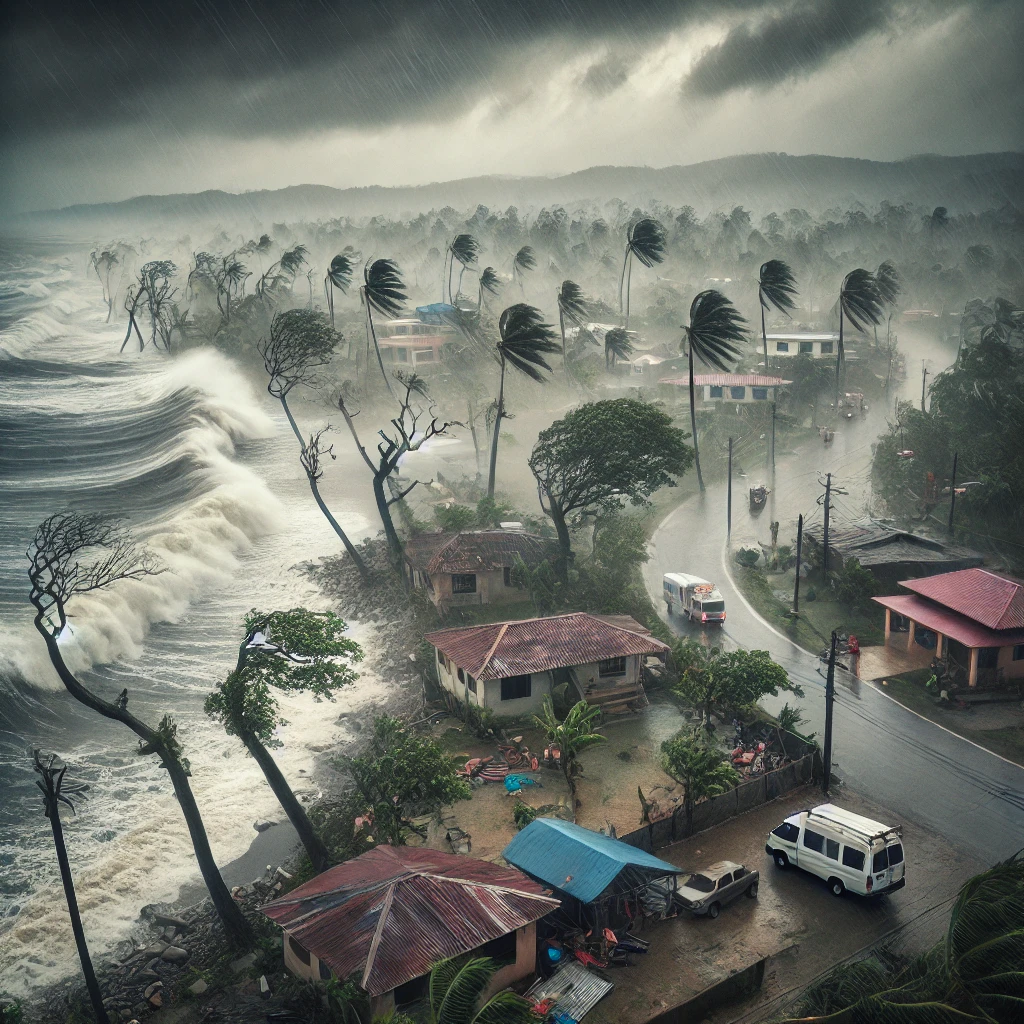Tropical Storm Sara has struck Honduras, bringing severe weather conditions and raising concerns across Central America and potentially into the United States. The storm made contact with land near the remote village of Brus Laguna in northeastern Honduras, approximately 105 miles northwest of the Honduras-Nicaragua border.
Current Situation and Immediate Threats
The storm is currently generating sustained winds of 45 mph and poses severe flooding risks. Weather experts anticipate rainfall totals of:

- 10-20 inches across Honduras
- Up to 30 inches in isolated locations
- Substantial precipitation in neighboring regions including eastern Guatemala, El Salvador, western Nicaragua, and Mexico’s Quintana Roo state
The National Hurricane Center has emphasized the life-threatening nature of these conditions, warning of catastrophic flash floods and mudslides throughout affected areas.
Projected Path and Development
Sara is moving westward at roughly 9 mph and is expected to:
- Move offshore temporarily
- Make a second landfall near Belize
- Pass near the tourist island of Roatan
- Potentially strengthen into a Category 3 hurricane in the Gulf of Mexico
The storm’s intensification is supported by unusually warm Caribbean waters extending 300-400 feet below the surface, combined with favorable conditions in the Gulf of Mexico.
Florida Impact Potential
Meteorologists are tracking Sara’s possible northern turn toward Florida, with current projections suggesting:
- Potential Florida impact by Wednesday
- Possibility of becoming the season’s fourth hurricane to strike Florida
- Risk of significant rainfall and flooding across the state
Regional Response
Honduras has implemented emergency measures in vulnerable coastal areas, while Belize and Mexico’s Yucatan Peninsula are preparing for severe weather conditions. Tourist destinations like Cancun and Playa del Carmen are on high alert.
Broader Context
This storm emerges during an exceptionally active Atlantic hurricane season, with Sara potentially becoming the twelfth hurricane – significantly exceeding the typical average of seven. The heightened storm activity is potentially linked to:
- El Niño conditions
- Climate change effects
- Above-average Caribbean Sea temperatures
Safety Advisories
Emergency management officials across potentially affected regions are urging residents to:
- Monitor official weather updates
- Prepare emergency supplies
- Secure properties
- Be ready for possible evacuation orders
The National Hurricane Center continues to track Sara’s development, with an Air Force Hurricane Hunter aircraft scheduled to gather additional data about the system.
Forecast Uncertainty
While current models suggest various potential outcomes, the storm’s ultimate path and intensity remain uncertain. Factors affecting its development include:
- Interaction with land masses
- Speed of development
- Early tracking patterns
Communities throughout the Caribbean, Central America, and the U.S. Gulf Coast are advised to stay informed about Sara’s development and follow local emergency management guidance.



